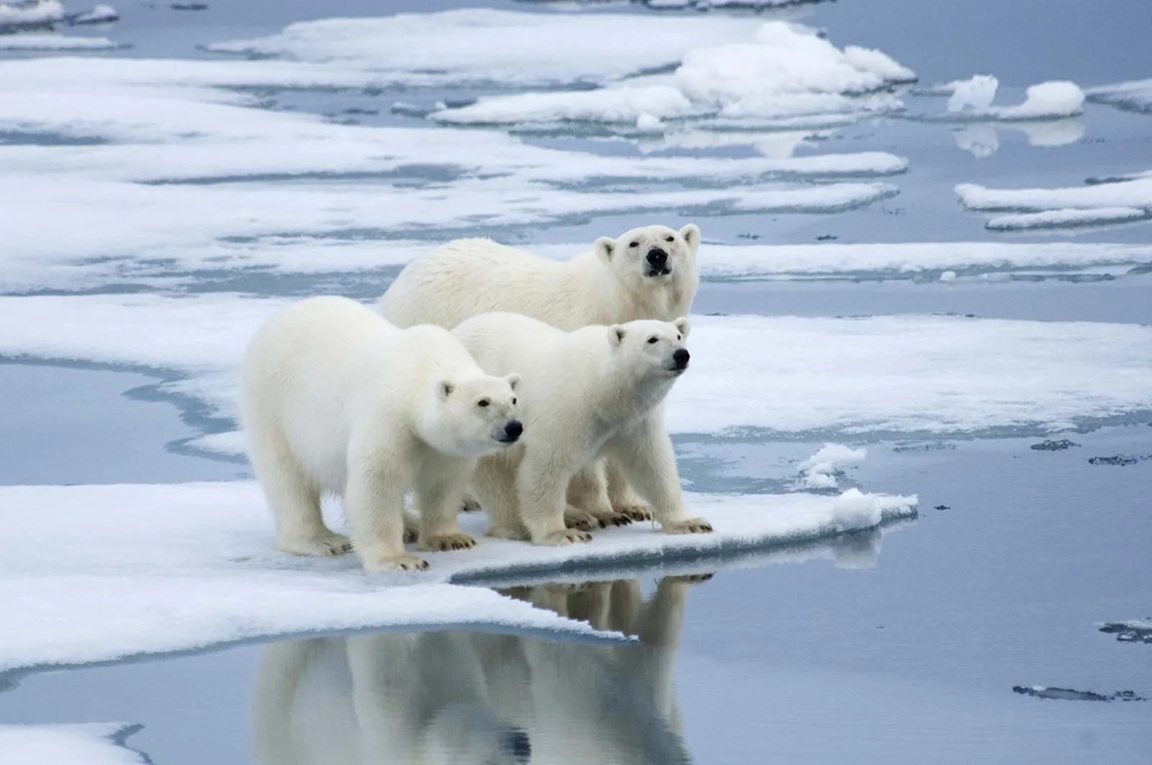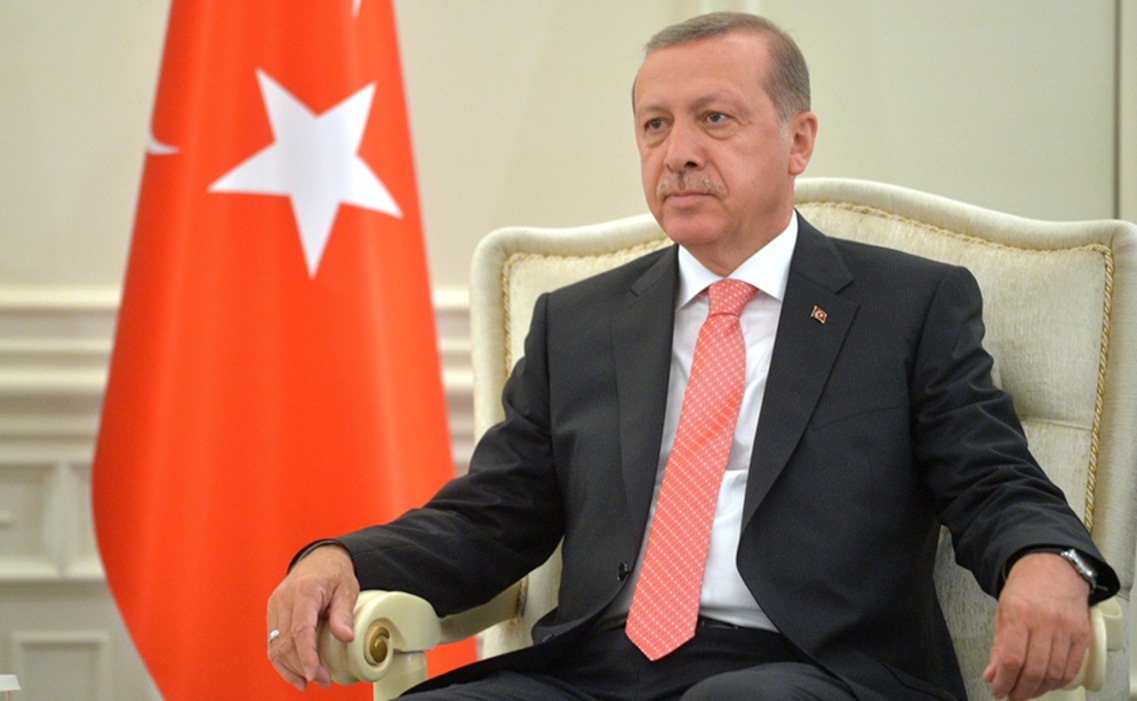The Arctic contains vast natural resources, including fossil fuels, minerals and freshwater reserves. Exploiting these resources is becoming easier due to melting ice, but it poses challenges like environmental damage, leading to competition, international interest and geopolitical tensions in the region.
Whenever the discussions about European defence arise, the first glimpses that come to mind are the battlefields of Ukraine or NATO’s eastern frontier. The Arctic front is often underestimated by Europe. The Arctic was seen as a remote and frozen wilderness, far from the centre of geopolitics for most of its history. But climate change and geopolitical competition over its resources and trade routes are rewriting this assumption. Today, the High North is no longer a distant periphery and is becoming Europe’s overlooked security flank.
Why the Arctic Matters Now?
In a recent report by WION, it is claimed that the three giants, Russia, China and the United States, are in fierce competition around the North Pole due to its increasing significance both strategically and economically. Climate Change is opening new maritime routes in the Arctic, which will shorten the shipping distance between Europe and Asia by almost 40% compared to the Suez Canal (European Parliament, 2022). The Arctic is warming four times faster than any other place on this planet, which has resulted in the melting of ice and is affecting the Arctic wildlife. Beyond trade, the Arctic is estimated to contain 13% of the world’s undiscovered oil and 30% of its undiscovered natural gas reserves. (US Geological Survey, 2008). The melting of ice is making it easy to reveal rare earth minerals, which are also essential for Europe’s green transition.
These developments are not abstract for Europe, which is already grappling with energy insecurity after Russia invaded Ukraine. They are directly tied to the resilience and stability of Europe, particularly the Eastern and Northern Front of NATO. Whoever controls the Arctic routes and resources will shape the balance of global trade, energy and security.
Russia and China’s Ambitions in the Arctic
The Arctic has been a core strategic asset for Russia for a long period of time. Nearly 53% of the Arctic coastline belongs to Russia, and the region generates around 20% of Russia’s GDP and 22% of total exports. (Russian Arctic Strategy, 2020) Russia continues to deploy infrastructure and weapons across the Arctic. Ivan Papanin, an icebreaking warship, began operations in the Arctic in 2025, signalling Moscow’s deepening military reach. These icebreakers make way for other smaller ships and run for up to five years without refuelling. Meanwhile, NATO’s ex-Chair of the Military Committee, Admiral Rob Bauer, pledged to defend NATO’s interests and freedom of navigation in the High North.
While geographically distant, China has branded itself a “Near-Arctic State”. It’s the “Polar Silk Road”, which is an extension of its Belt and Road Initiative, has outlined plans for the Arctic in its 2018 Arctic White Paper. China has invested heavily in Arctic research stations, icebreakers, and joint energy ventures with Russia, for instance, the Yamal LNG project in Siberia. The countries have staged joint military operations in the region. In July, long-range bombers from both countries provocatively patrolled the Arctic Ocean near Alaska in the United States.
Strategic Shifts in the Region
In mid-2024, the U.S., Canada, and Finland consolidated their cooperation on the Arctic by signing the ICE Pact (Icebreaker Collaboration Effort) at the NATO Washington Summit. Through this agreement, the trio has committed to jointly enhancing icebreaker ship production by combining Finland’s world-leading expertise in icebreaker design and constructing vessels like the Canadian Polar Max in Finnish shipyards. It aims to scale up Western Arctic mobility against Russian and Chinese expansionism.
Technological innovation has also become a core focus as NATO members are racing to develop drones that are capable of performing in extreme weather conditions of the Arctic. These steps are taken to defy Russia’s air dominance. On one hand, nations like Denmark, Norway, and Canada have invested in cold-weather UAVs, and on the other, Sweden is accelerating drone swarm programmes with Saab. Norway is also planning reconnaissance bases in key Arctic locations.
Warfare training has also intensified in the Arctic region. Nordic Response 2024, a part of the groundbreaking NATO Steadfast Defender exercise, conducted amphibious operations and winter survival drills in Norway’s far north. Similarly, in early 2025, Joint Viking 25 brought U.S. forces into Arctic exercises, which reinforced alliance readiness in extreme northern conditions.
Emerging Dynamics in Europe’s Arctic Security
The strategic significance of the Arctic has increased sharply in 2024-2025. It has transformed from a peripheral concern to a critical security issue that defines much of Europe’s northern strategic position now. One of the clearest signals was the ICE Pact collaboration between the U.S, Canada, and Finland, which not only confines itself to shipyards and design patterns but also includes joint icebreaker construction and shared technical innovation concretely. This reflects a shift from seasonal cooperation to structured industrial and defence alliances in the High North.
Meanwhile, Europe is witnessing increased maritime deployments; for instance, NATO’s Standing Maritime Group 1 (SNMG1) has sent Dutch, Norwegian, Portuguese, and German warships to patrol Arctic waters. It is mainly aimed at conducting anti-submarine and freedom of navigation operations to counter Russia’s expanding Northern Sea Route activities. Operations such as Arctic Forge in Finland, which involves U.S. airborne divisions, Canada, and local forces, are testing alliance readiness to rapidly deploy and respond in extreme cold conditions of the Arctic.
Another key dimension is the adaptation of infrastructure. Finland’s plan of a more capable intermediate icebreaker and its participation in the EU-funded WINMOS III project to shore up winter maritime routes, and the joint seabed mapping expedition of Canada and Sweden aboard the icebreaker Oden, reflect growing urgency in scientific, logistical, and economic bets on the accessibility of the Arctic. Likewise, Russia is consistent in its nuclear icebreaker programme. Project 22220 icebreakers like Yakutiya and Chukotka are enhancing Moscow’s ability to secure all-year navigation along its Arctic coast. This has raised European concerns over control of sea lanes and regional energy infrastructure.
Conclusion
The Arctic has long been governed by cooperation through the Arctic Council, but following Russia’s suspension due to its operations in Ukraine, dialogue has been paralysed. Now, Europe is facing a hard choice of either adapting quickly by investing in Arctic infrastructure, intelligence sharing, and sustainable development or risking ceding influence to rival powers.
Evidently, Europe’s future security will not be decided only in Kyiv or Brussels but also in Kirkenes, Tromso, and Murmansk. The Arctic is more than a melting wilderness. It is a convergence of climate, geopolitics and strategic technology. The future of European resilience will be forged partly in those frozen but increasingly essential seas.
Title image courtesy: Brittanica
Disclaimer: The views and opinions expressed by the author do not necessarily reflect the views of the Government of India and Defence Research and Studies







